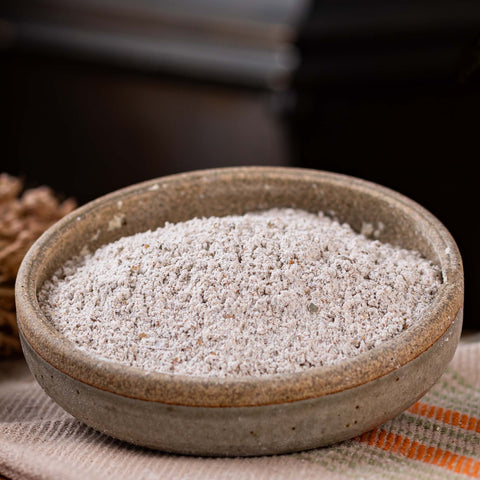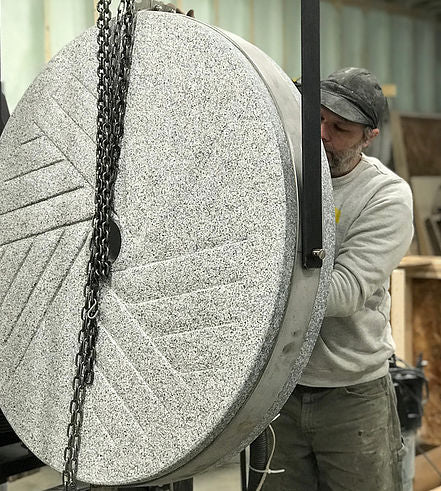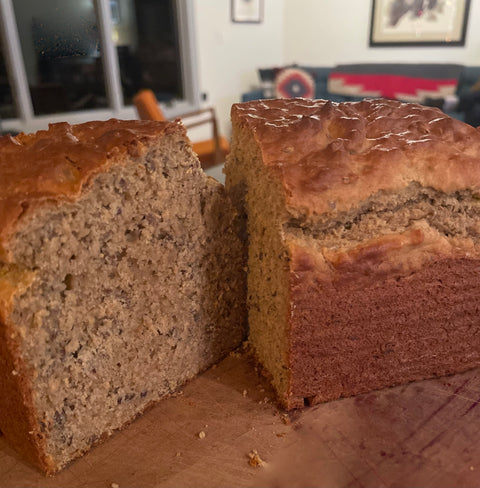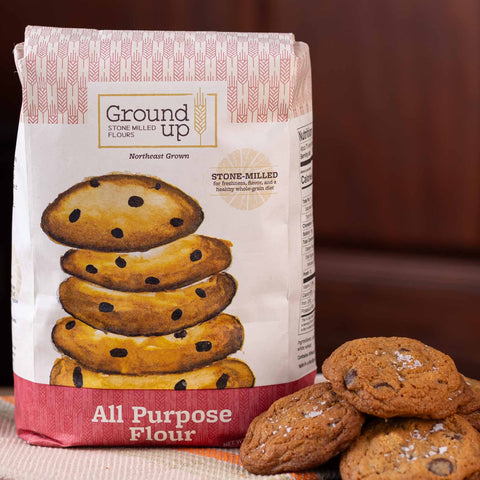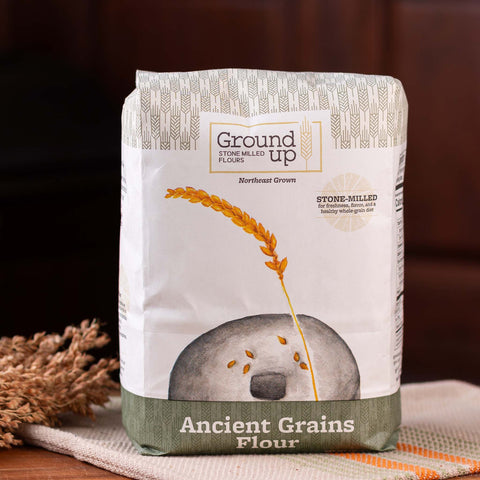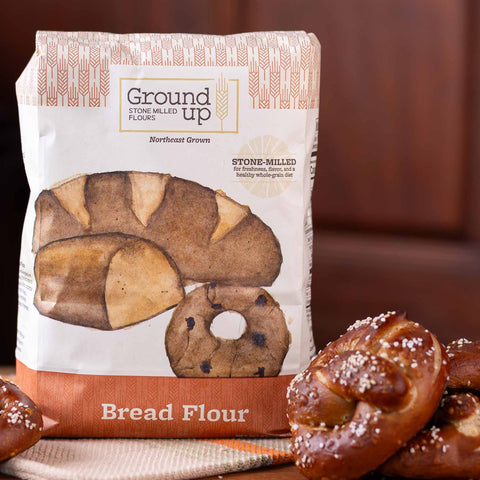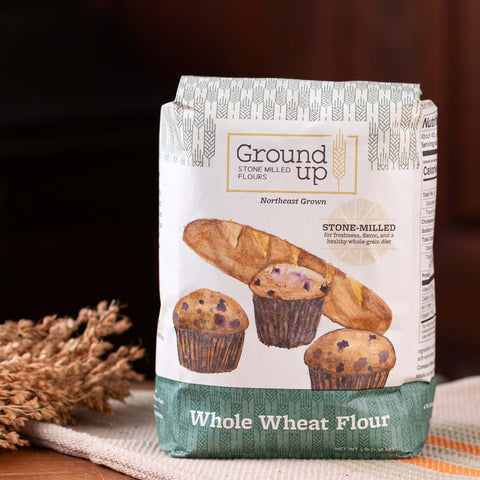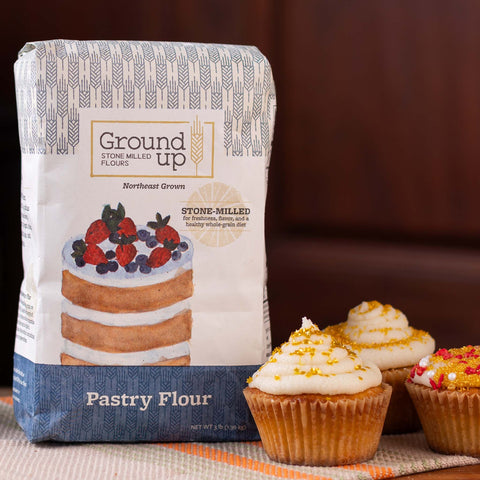Fresh Stone-Milled Flour
Fresh flour milled in a traditional stone mill, from wheat grown exclusively in the Northeast. Wonder how it differs from the big-name brands? Here’s how...
What's So Special About Stone-Milling?
Unlike roller milling (the practice used by industrial flour mills), a process that mechanically removes and discards the bran and germ and leaves behind only the starchy endosperm of a grain kernel, stone milling gently crushes and maintains all three parts of the total kernel.
Our bolted flours are then sifted to remove a portion, but not all, of the bran and germ, resulting in a highly nutritious, flavorful, and workable flour. Our bolted flours are “high extraction” meaning a high percentage of the whole grain (approximately 83%) remains in every bag of flour we mill.
Our whole grain flours are unsifted, and contain 100% of the whole grain.
If You're New To Baking With Fresh Flour...
Here are a few things you might find useful:
🌾Fresh flour is not pure white. Our bolted flours (like our AP and Bread flours) are a little more beige or tan compared to conventional white flour. That's thanks to some bran and germ that we retain from the wheat kernel during our milling process. You might even see some brown flecks in there - all normal, natural particles of a grain kernel (and all perfectly healthy and delicious).
🌾Fresh flour is thirsty. That means it will absorb more moisture than conventional flour. While this likely won't affect most recipes, there are a few helpful tips you might want to employ:
🌾Once you've mixed a batter, let it rest for about five minutes before transferring it to your prepared pan for baking. This extra time gives the flour a chance to fully hydrate.
🌾Begin checking for doneness a few minutes before a recipe calls for, unless it is a recipe written specifically for fresh flour. During the baking process moisture is absorbed and it evaporates. Since the absorbtion rate is a little higher on fresh/thirsty flour, shortening the baking time by just a minute or two will often yield desired results.
🌾Add more water. If you're making something like pie crust or bread, or anything that calls for adding water incrementally, you may need to add a bit more. Start with what's called for, then increase sparingly.

